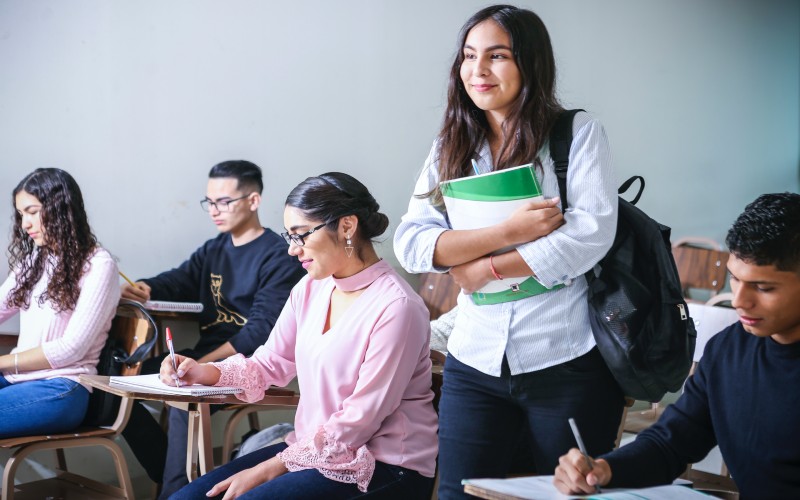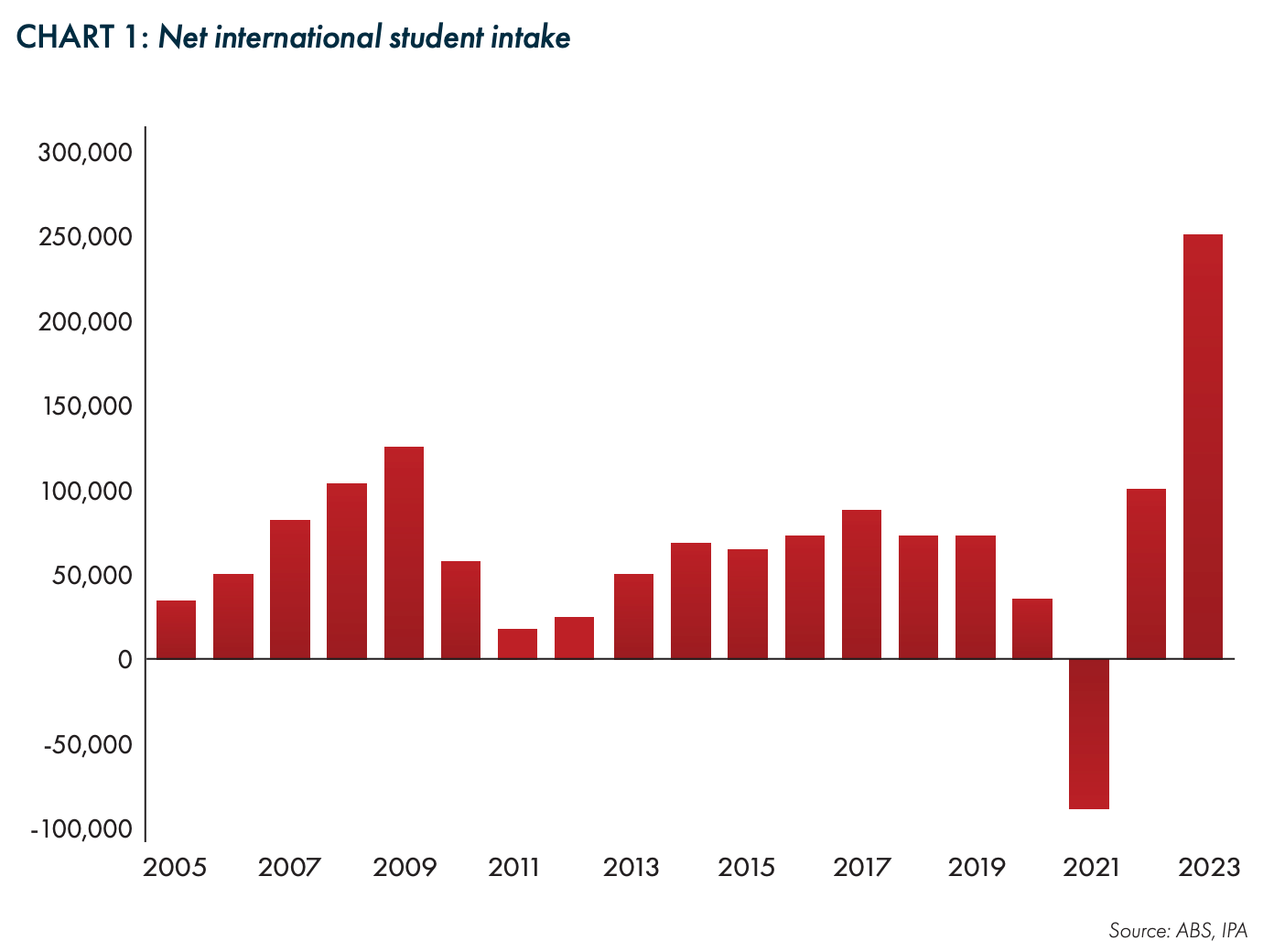
According to the Institute of Public Affairs (IPA), in the last financial year the federal government oversaw the largest ever net intake of international students, more than 250,000 students which doubled the previous record high of 122,000 in the financial year ending 2009.
The research found that across Australia, international students took up 70% of the net new housing units supplied to the market, leaving just 30% for the rest of the country, including other new migrants.
What's more, this financial year the government is expected to bring in a further 187,000 net new international students, equivalent to 55% of new housing supply.
IPA executive director Daniel Wild said the government has been caught with its pants down with no apparent plan in place to house international students who mostly reside in rental accommodation.
"Australians are entitled to ask how they can find a home as inflation drives up mortgages and rent prices become unsustainable, yet the federal government has presided over the largest intake of international students who filled the equivalent of 7 out of 10 new homes," he said.
“While international students are an important market for our tertiary education sector, the first job of our leaders must be to ensure that there is adequate housing stock for those looking to get their first home or are in need of a rental.
“Once again the federal government has been caught out without a single policy solution to accommodate the unprecedented surge in international students and other migrants, coming at an immense cost to Australians."

Source: IPA
The think-tank also found that Australia is expected to face a net housing shortfall of 252,800 homes by 2028, with international students making up the equivalent of approximately one-quarter of Australia’s net new housing supply.
"We need to have an honest conversation as to the appropriate number of international students we can accommodate while not leaving Australians out in the cold," Mr Wild said.
“The recently announced unsustainable jumps in migration will put further pressure on critical economic and social infrastructure, such as schools, roads, and hospitals, and will only further add to the acute and immediate shortage of housing.”
According to figures from the Department of Home Affairs, the Albanese government granted more than half a million student visas in the last financial year.
According to Universities Australia, international students contributed over $29 billion to the economy in 2022.
But the IPA report said this figure "should be treated with scepticism".
"A large share of international students arrive in Australia with the expectation that much of their expenses and tuition will be paid for by working in Australia, not with money earned overseas," the report said.
"Moreover, the calculation of education exports is a consequence of the Australian Bureau of Statistics (ABS) treating international students as residents of their home countries for the duration of their study."
The international student sector was hit hard in Australia during the COVID-19 pandemic, with net student intake dropping to 30,000 in the financial year ending 2020, from an average of 76,000 in the five years pre-pandemic.
In the financial year ending 2021, that number dropped to negative 80,310.
But the IPA report says claims that the dramatic expansion to Australia's net international student intake is designed to offset the COVID decline is not supported by analysis.
"The intake for the last, and expected intake for this, financial year will result in more than 85,000 net arrivals above and beyond what would have been required to offset the COVID-19 decline," the report said.
Image vy javier trueba via Unsplash